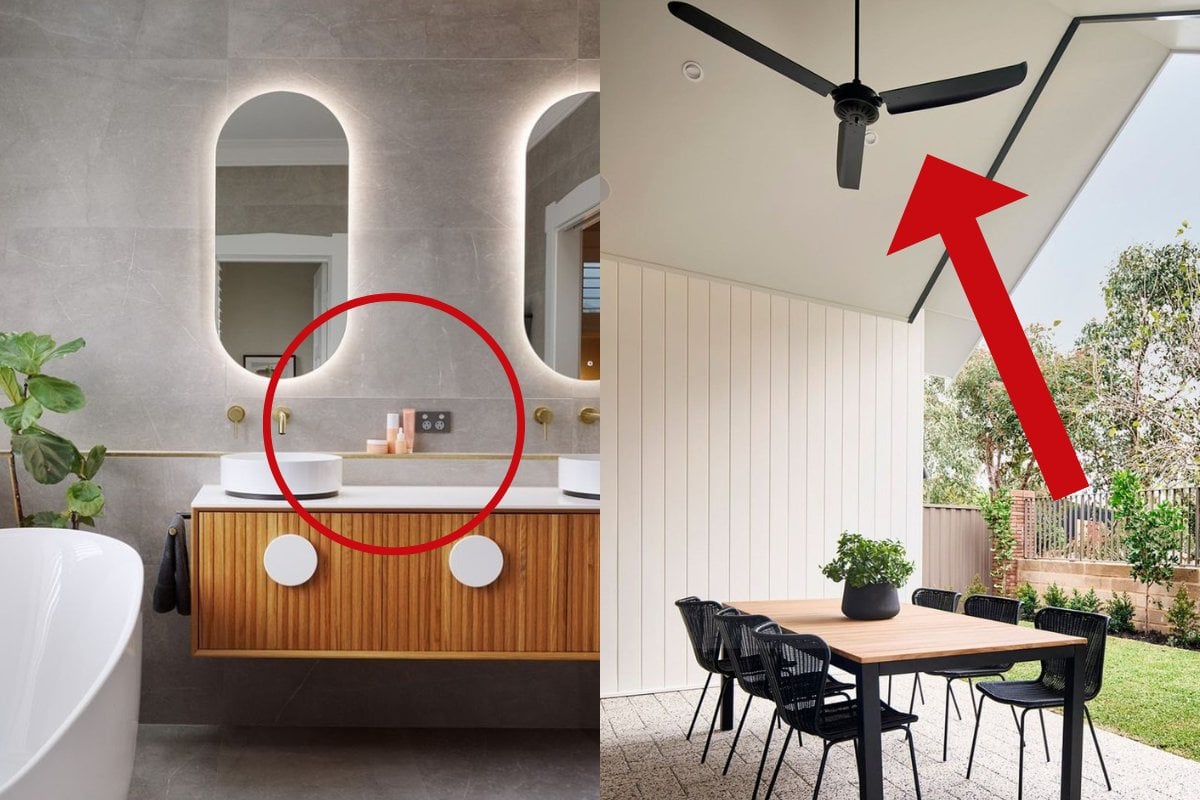

When it comes to the most stressful life events, moving house, renovating, or building always hold prime of place at the top the list, and there’s good reason for that.
Building your own home is one of the biggest commitments you’ll make in your lifetime, and it might just be the most money you’ll ever invest in one go!
So yes, the stakes are high.
But the payoff, oh, the payoff is next level.
Imagine walking into your very own sanctuary, designed and built to meet your every need or want.
Okay, now that you’ve floated up to heaven, jump back down to earth because of course, you need to go in eyes wide open, braced for the rollercoaster that is building your own home.
Here’s what you should know before walking into that first site meeting…
First, decide who will oversee the build.
If you’re thinking of wearing the ‘project manager’ hat in your own home build, fantastic! Just ensure you’re ready for it to be, at times, a full-time job.
Michael Carham is a Senior Consultant home designer with Western Australia's Summit Homes. He’s been working with clients to bring their dream homes to life for 16 years and has a lot to say about how confounding the process can be for a first-time home builder.
“We always try to break it down and explain the process,” he says. “There’s a lot of pre-construction work, contract preparation, and so on. Basically, there are a lot of external parties to factor into the front end before you even break ground.”
